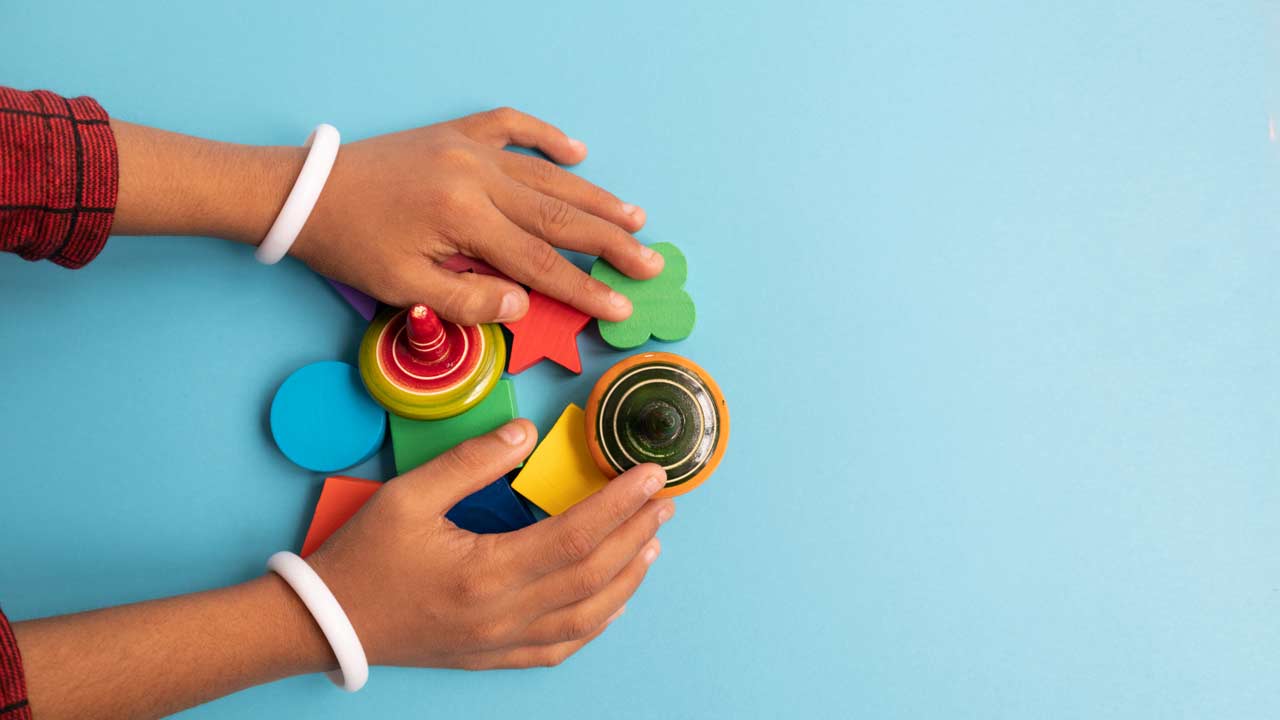Achieve Success in Treating Kid With Sensory Processing Disorders
The United States Centers for Disease Control and Prevention reports that one in six children has one or more neurodevelopmental disorders, including autism spectrum disorder (ASD), attention-deficit hyperactivity disorder, or an intellectual disability disorder.

The United States Centers for Disease Control and Prevention reports that one in six children has one or more neurodevelopmental disorders, including autism spectrum disorder (ASD), attention-deficit hyperactivity disorder, or an intellectual disability disorder. While not defined by the Diagnostic and Statistical Manual of Mental Disorders as an independent disorder, sensory processing disorders are increasingly recognized by clinicians in individuals who have problems interacting with the world through their senses. Typical human behavior includes the ability to receive input from one or more senses (such as vision, touch, or hearing), identify them in the brain, and respond appropriately. An individual with a sensory processing disorder has difficulty receiving and responding to these sensory messages. As a result, interactions with the environment are not predictable.
Photo Credit: wildpixel / iStock / Getty Images Plus

Prevalence of Sensory Processing Disorders
Research indicates that sensory processing disorders are present in 5% to 16% of typically developing children, and the majority of children with ASD have sensory processing disorders. The incidence of ASD is on the rise, with increased numbers of these children seen in dental offices. Less attention has been paid to typical children with sensory processing disorders, as they may be more difficult to identify.
Photo Credit: mmpile / E+

Resources Are Lacking
Along with individualized adaptations, parent/caregiver training is a key component of addressing sensory issues, but few resources are available that are specifically designed for parents/caregivers when bringing children with sensory processing disorders to the dentist. Understanding challenges and strategies to address these special needs may decrease stress for patients, parents/caregivers, and providers. These methods may also decrease the need for physical restraints and/or pharmacological management, shorten appointment times, and, ultimately, reduce associated costs. With the rise in the number of children with neurodevelopmental disorders, it is essential to enhance professionals’ self-efficacy in providing care. Unfortunately, within the dental field, specialized services and training to care for these populations have not grown in proportion to demand. The goal of this article is to help dental teams deepen their understanding of sensory processing disorders and their impact on oral health, and develop the skills to overcome the challenges associated with treating this patient population.
Photo Credit: dragana991 / iStock / Getty Images Plus

Categorization of the Disorder
Two categories of sensory processing disorders are most recognizable by oral health professionals. Sensory avoiders are individuals who overrespond to certain sensory inputs. In comparison, sensory seekers crave specific sensory inputs, such as vestibular (movement) or touch. Because sensory seekers cannot seem to get enough sensory input, they are typically not as challenging to work with in the dental office. Children who are sensory avoiders are likely to respond to certain sensory input as though it is painful or irritating. This triggers their autonomic nervous system to respond with fight, flight, or freeze reactions. The negative responses may be extreme and include (but are not limited to) hitting, biting, closing the mouth and eyes, running away, crying, or yelling. These behaviors can make the dental visit extremely challenging or even impossible.
Photo Credit: SolStock / E+

Visual Environment
Some children love bright, primary colors. However, bright colors and busy décor can be overwhelming, especially for children with sensory processing disorders. Warm tones and calming colors, such as light blue, tan, or gray, are best. Additionally, avoid bright lights, especially flashing the dental light into the child’s eyes. Teams may also wish to cover any blinking lights. Decluttering and organizing workspaces will also be helpful. Offering sunglasses for the patient is a simple method of preventing overstimulation from visual inputs.
Photo Credit: lakshmiprasad S / iStock / Getty Images Plus

Auditory Environment
Sporadic loud sounds, such as dental handpieces, can be overstimulating for a child with sensory processing disorders who is sensitive to sound. Using the operatory that is the furthest away from the source of the sound and providing noise-cancelling headphones may prove helpful. Background music is not always a good choice because it adds to the auditory input the child must process. Assuming the sound is acceptable to the child, a white noise machine may be a better choice. While most clinicians do not notice the humming or buzzing of fluorescent lights, patients with sensory processing disorders who are sensitive to sound will notice, and to them it may even be painful. Turn off fluorescent lights if possible, as well as extraneous equipment and screens. Another helpful technique is to place a towel under instruments so they do not clang against the tray as they are being retrieved and returned.
Photo Credit: globalmoments / iStock / Getty Images Plus

Touch
The dental environment can be overwhelming for a child who is hypersensitive to touch. When treating these patients, tell the child before touching will occur and avoid unexpected touching when possible. Briefly explain what is going to happen and be patient with the child. Always use a firm touch. Feather-like or very light touches tend to be bothersome for these patients. The extra weight of a lead apron or a weighted vest or weighted blanket may be calming. Children should also be allowed to bring their own blanket or toy that calms them.
Photo Credit: manonallard / E+

Smell and Taste
Clinicians should avoid wearing products with scents. What others deem as pleasant smells may be unpleasant or overwhelming to a patient with a sensory processing disorder. Avoid gum or breath mints with strong scents. Do not give a sensory-avoiding child an overwhelming number of choices. Rather than offering five flavors of prophy paste or fluoride varnish, offer two choices that are based on prior consultation with the parent/caregiver.

